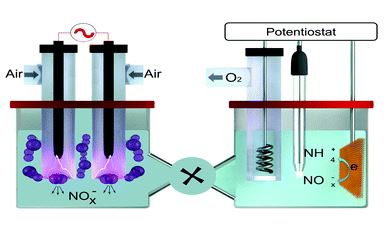(Carbon fiber optimized for wind turbine blades could bring cost, performance benefits)
2021/1/14 アメリカ合衆国・サンディア国立研究所(SNL)

・ SNL、オークリッジ国立研究所(ORNL)およびモンタナ州立大学が、ORNL が開発した風力タービンブレード用の低コスト炭素繊維材料による風力発電産業への費用便益と性能利点に関する調査結果を報告。
・ 炭素繊維製の風力タービンブレードは 従来の炭素ガラス材料製のものに比べて 25%軽量であるため、ブレードの長さを延長して弱い風力でもエネルギーをより多く捕獲することができる。また、炭素繊維の優れた耐疲労性はブレードの寿命も延長する。
・ 風力タービンブレードは、世界で最も大きな一体成形複合構造物。ガラス繊維強化複合材料にコストで競合できる材料が商業化されれば、風力産業は炭素材料の最大の市場となる可能性があるが、風力産業はブレードに市販材料のみを使用しており、炭素繊維製造業者は風力産業への新しい製品導入にかかる高い資本コストによるイノベーションの障壁に直面している。
・ ORNL が開発した低コストの炭素繊維材料は、テキスタイル産業で広く利用されているアクリル繊維を多量に含んだ前物質を加熱し、炭素繊維に変換後プランク(厚板)に引き延ばしたもの。同プロセスは、ブレード製造に必須の高性能と高信頼性に加え、高い生産能力を提供する。
・ 新炭素繊維材料と市販の炭素繊維を比較した結果、新炭素繊維材料では 1 ドル当たりの圧縮強度が 56%高いことを確認。通常、コンポーネントの製造では材料をより多く使用することで圧縮強度の向上を図るが、それに伴いコストも上昇する。新材料を使用したスパーキャップでは、約 40%の材料コストの節約が可能と予測。
・ 新炭素繊維材料の商業化を進めることで、炭素繊維材料による便益が風力発電産業に広くもたらされ、風力エネルギーの全体のコストの低減が可能となる。
・ 本研究には、米国エネルギー省(DOE)のエネルギー効率・再生可能エネルギー部(EERE)が資金を提供した。
URL: https://share-ng.sandia.gov/news/resources/news_releases/carbon_fiber/
<NEDO海外技術情報より>
(関連情報)
SANDIA REPORT(フルテキスト)
Optimized Carbon Fiber Composites in Wind Turbine Blade Design
URL: https://energy.sandia.gov/download/45350/
Abstract
Hybrid redox flow cells (HRFC) are key enablers for the development of reliable large-scale energy storage systems; however, their high cost, limited cycle performance, and incompatibilities associated with the commonly used carbon-based electrodes undermine HRFC’s commercial viability. While this is often linked to lack of suitable electrocatalytic materials capable of coping with HRFC electrode processes, the combinatory use of nanocarbon additives and carbon paper electrodes holds new promise. Here, by coupling electrophoretically deposited nitrogen-doped graphene (N-G) with carbon electrodes, their surprisingly beneficial effects on three types of HRFCs, namely, hydrogen/vanadium (RHVFC), hydrogen/manganese (RHMnFC), and polysulfide/air (S-Air), are revealed. RHVFCs offer efficiencies over 70% at a current density of 150 mA cm–2 and an energy density of 45 Wh L–1 at 50 mA cm–2, while RHMnFCs achieve a 30% increase in energy efficiency (at 100 mA cm–2). The S-Air cell records an exchange current density of 4.4 × 10–2 mA cm–2, a 3-fold improvement of kinetics compared to the bare carbon paper electrode. We also present cost of storage at system level compared to the standard all-vanadium redox flow batteries. These figures-of-merit can incentivize the design, optimization, and adoption of high-performance HRFCs for successful grid-scale or renewable energy storage market penetration.



